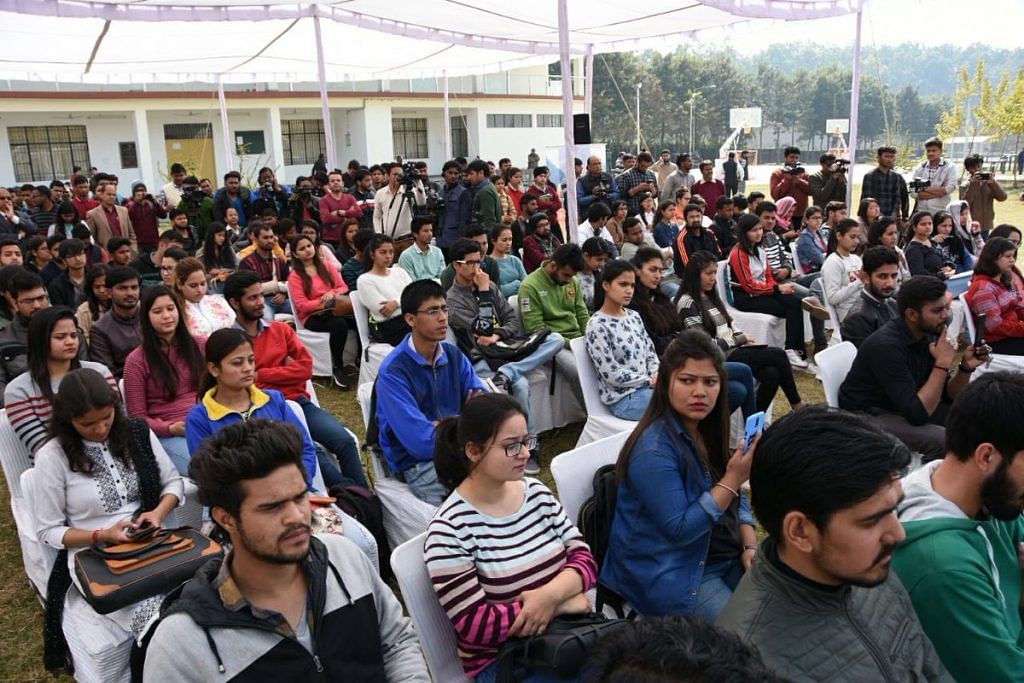A lack of employment opportunities for the state’s youngsters is among the factors thought to be forcing them to seek work elsewhere.
New Delhi: The hills are losing its young to other lands and the Uttarakhand government wants to know how to stop this.
The state is set to issue, by April end or the beginning of May, detailed statistics on the reasons youngsters were migrating from Uttarakhand, especially the hills, chief minister Trivendra Singh Rawat told ThePrint.
Set up in October last year, Uttarakhand’s rural development and migration commission, tasked with looking into the issue, will submit its report to the CM soon.
The report’s findings will stem from a survey of 1,600 revenue villages (villages as identified by the revenue department). A team of 10 is reportedly visiting every household in each village, and talking to them about reasons for a family member’s migration, while also putting together a profile of the village and family.
Protecting ‘pahaad ki jawaani’
During campaign rallies in the state before last year’s elections, Prime Minister Narendra Modi had said his government would work to resolve an old local grievance: That “pahaad ka paani aur pahaad ki jawaani pahaad ke hi kaam nahi aati”, which means the “water and the youth of the hills don’t help the hills”.
A lack of employment opportunities for the state’s youngsters is believed to be among the major factors forcing them to move out. The chief minister, heading a BJP government, agrees, also citing as factors the state’s crumbling health infrastructure and inadequate avenues for quality education.
What’s driving Uttarakhand’s youths away:
According to the data being compiled for the state government report, lack of jobs has emerged as the biggest reason.
Chief minister Rawat said, “for the first time”, steps were being taken to control migration driven by jobs.
“We have started ‘growth centres’ in villages, where we explore the possibility of using natural resources to make different products,” he said. “For example, we have an abundance of aromatic plants; we can make so many products from them… The centres have attracted many youths.”
“Traditional crops will be branded and processed at these centres. These centres will soon become employment-generation centres,” he said.
Then there is the state’s health infrastructure, which Rawat said the government was working to overhaul. For one, the state is digitising the health system. “As many as 154 hospitals are now e-hospitals, allowing patients online access to medical data, store records and test results. Twenty-two teleradiology centres have been opened in rural areas,” the CM said. He added that India’s first telecardiology centre would be set up in the state as well.
Steps are also underway, he said, to curb migration of residents in search of better education. Local schools, he added, were using the NCERT syllabus, while the student-teacher ratio had been improved to 12:1.
There was cause for hope, Rawat added, saying “several skilled highly qualified professionals or recent college graduates are opting to work in their home state (Uttarakhand)”.
